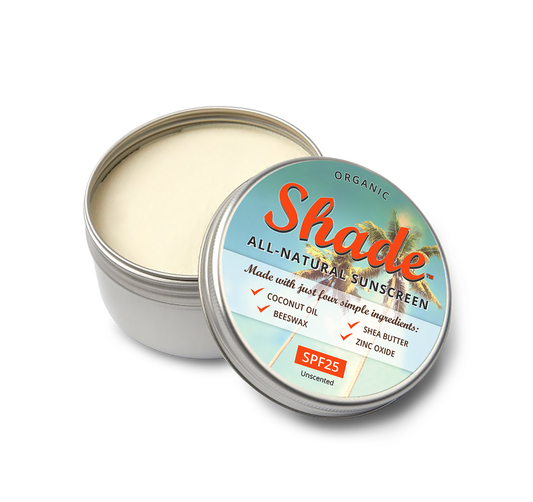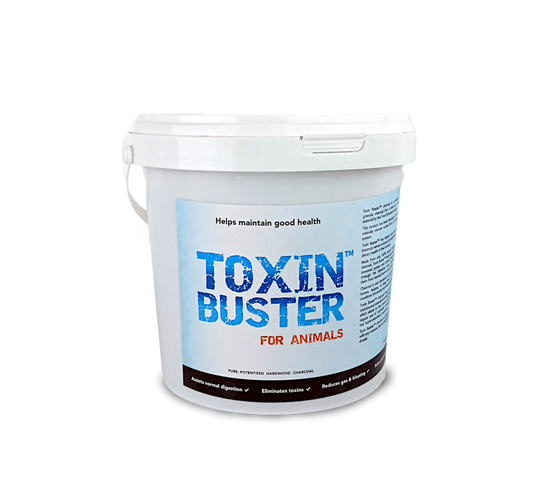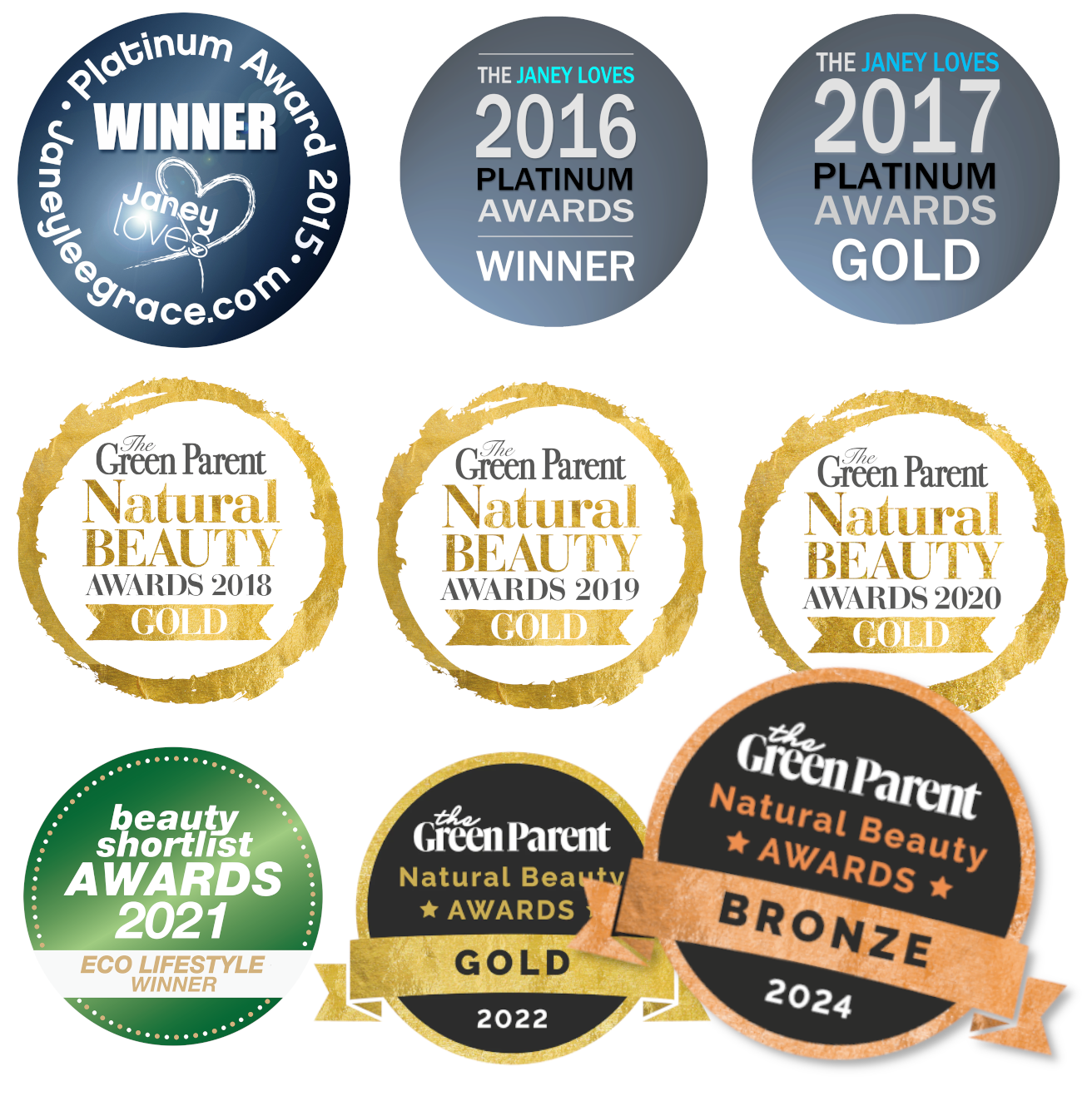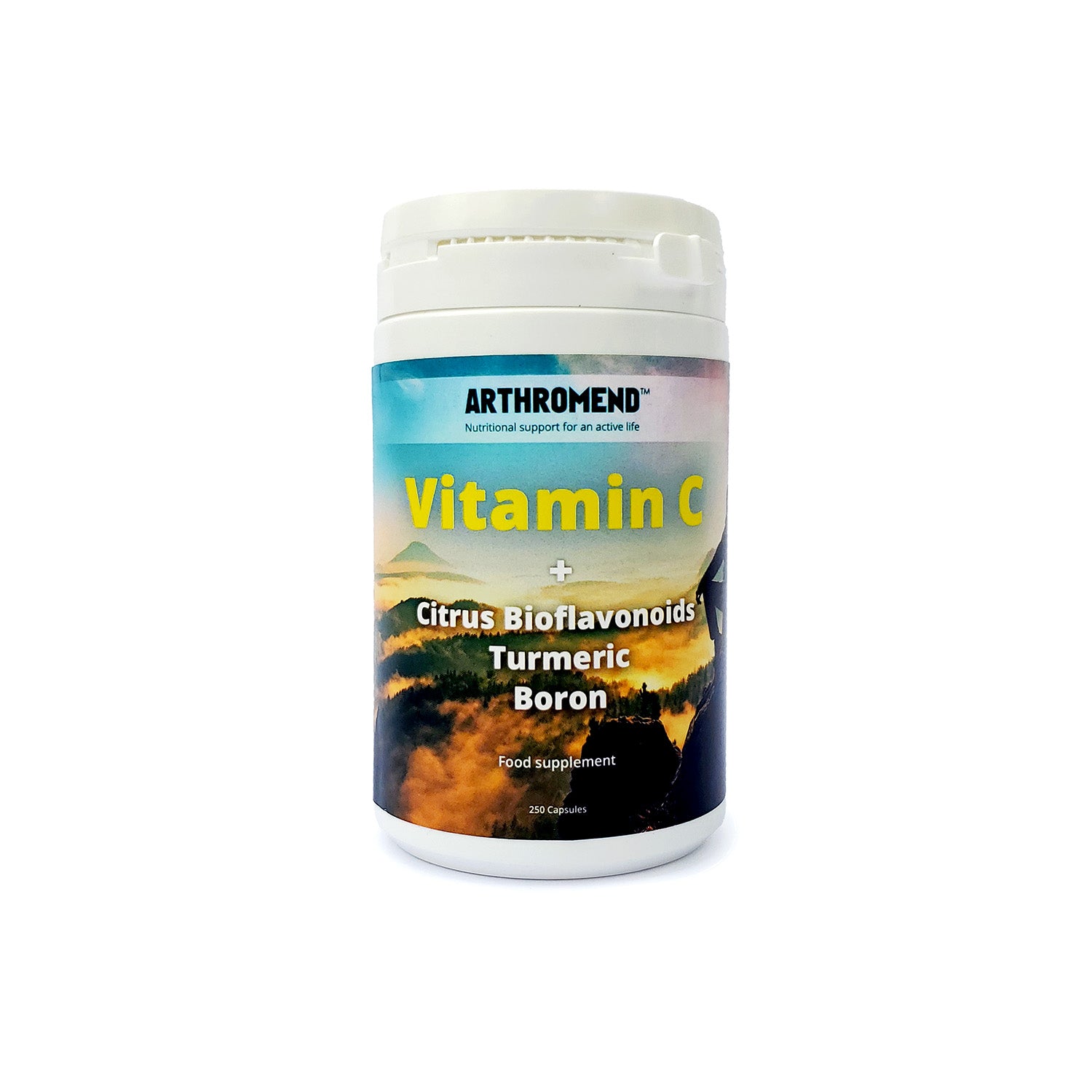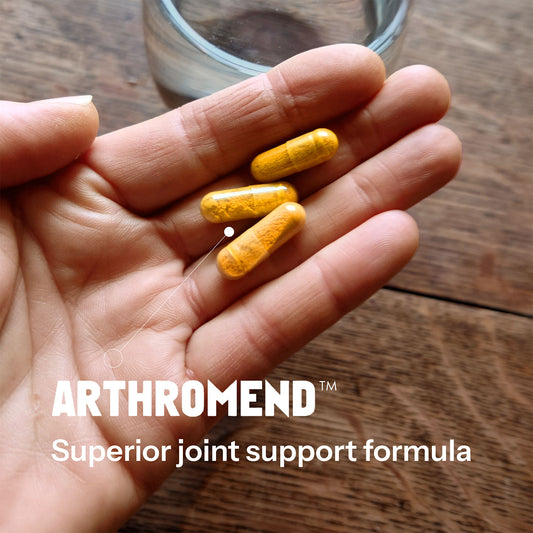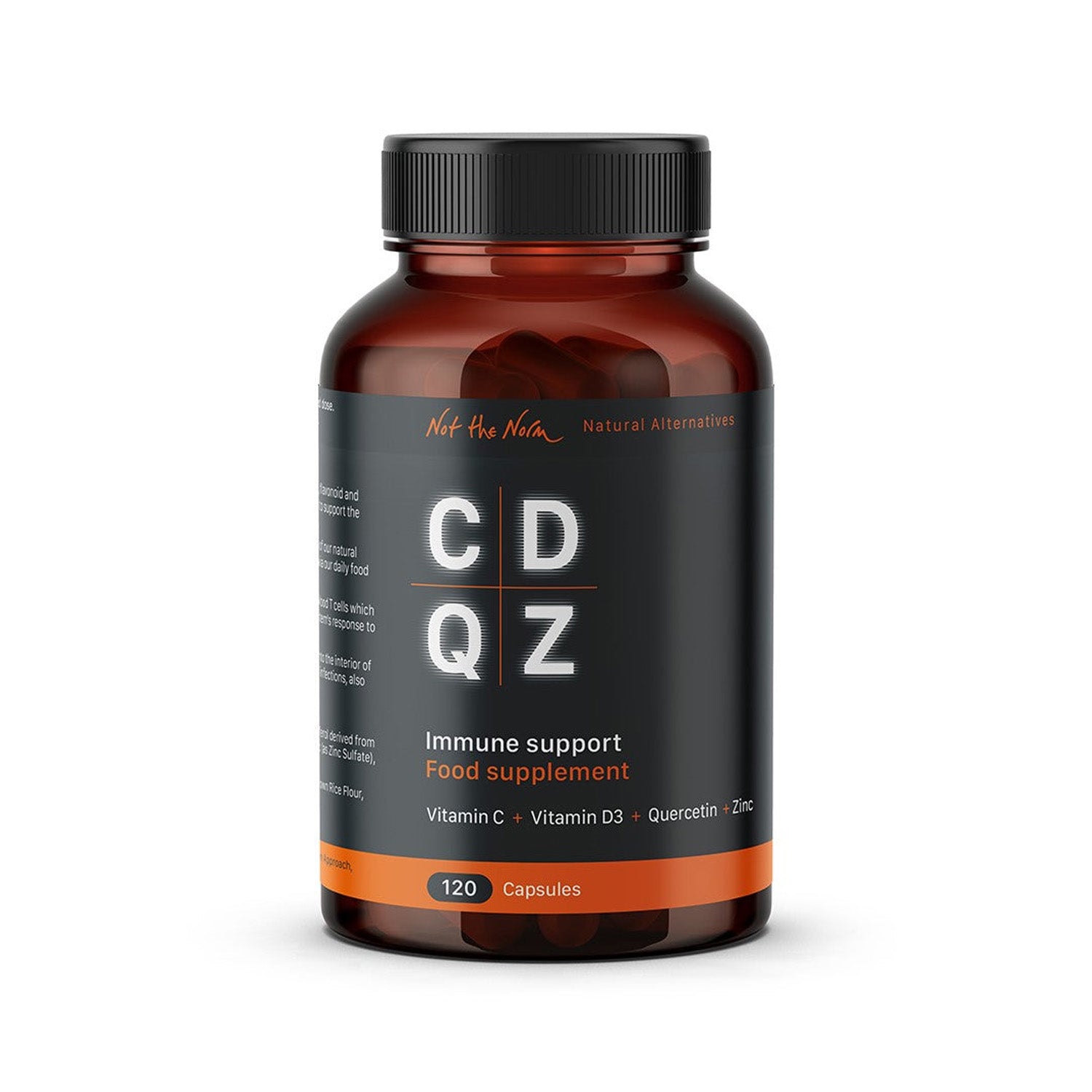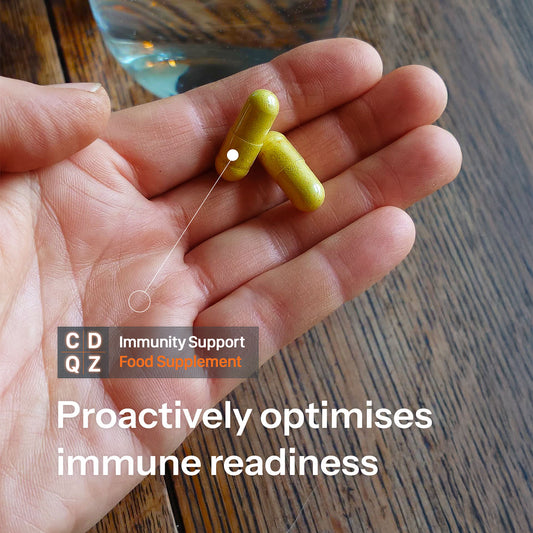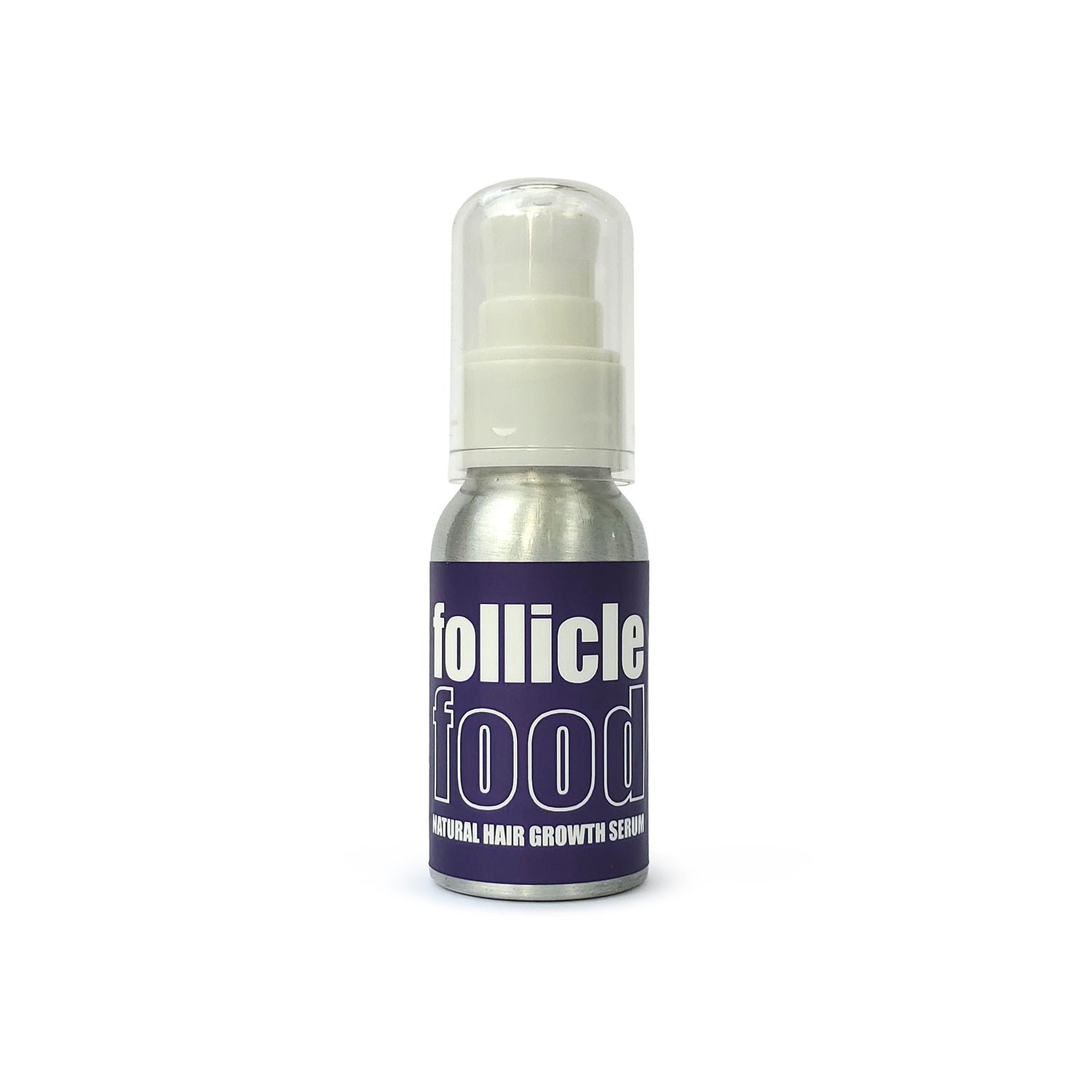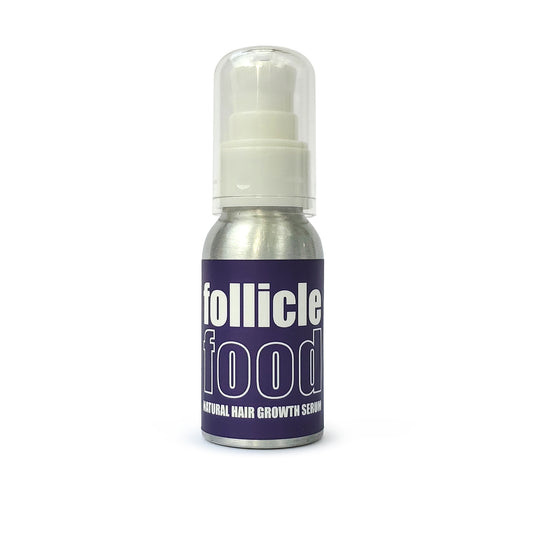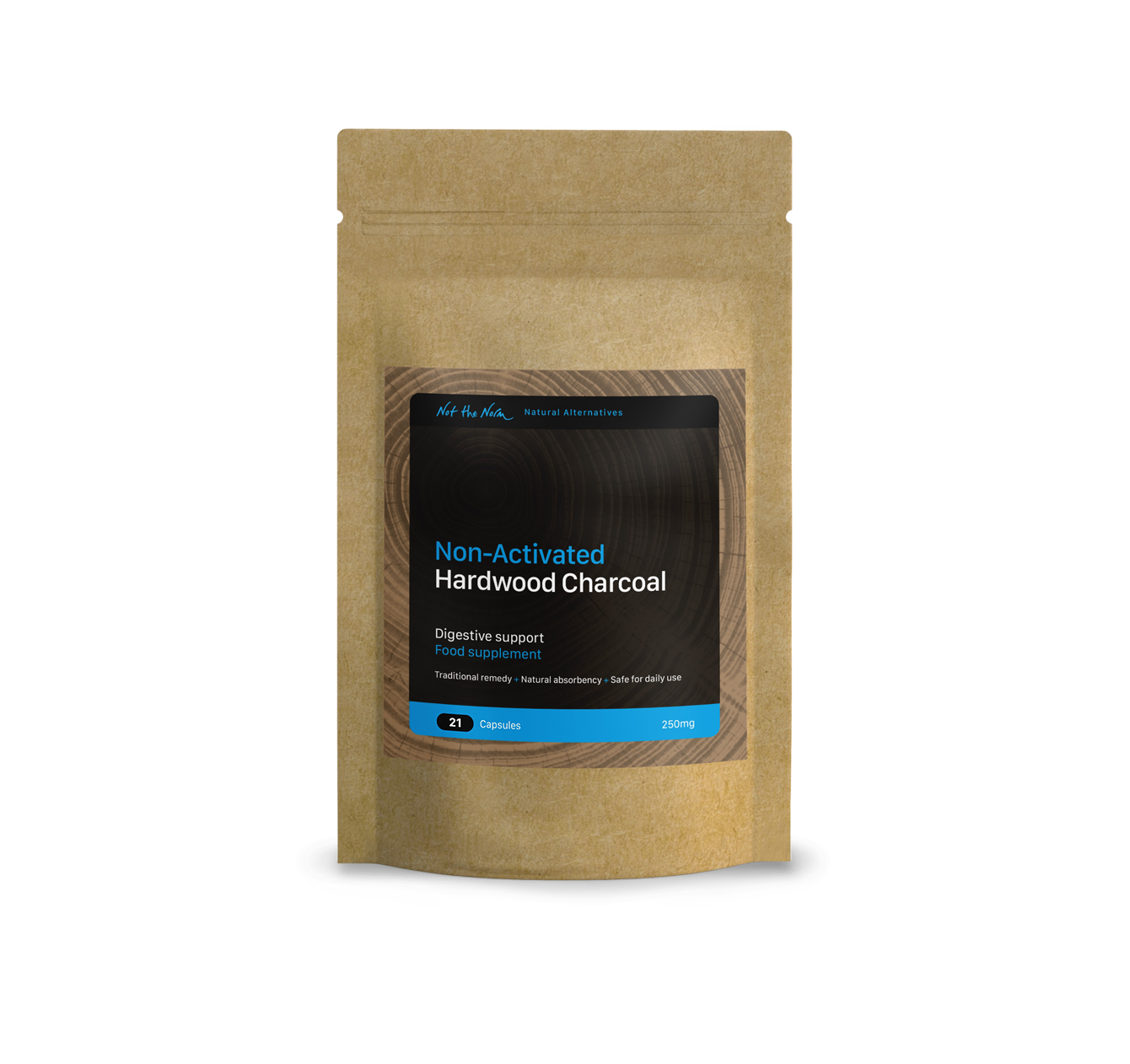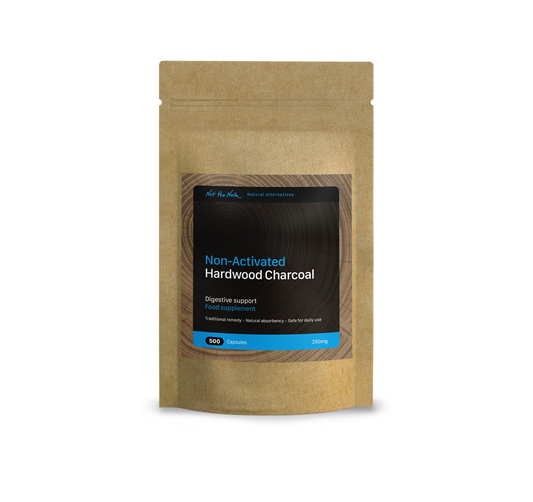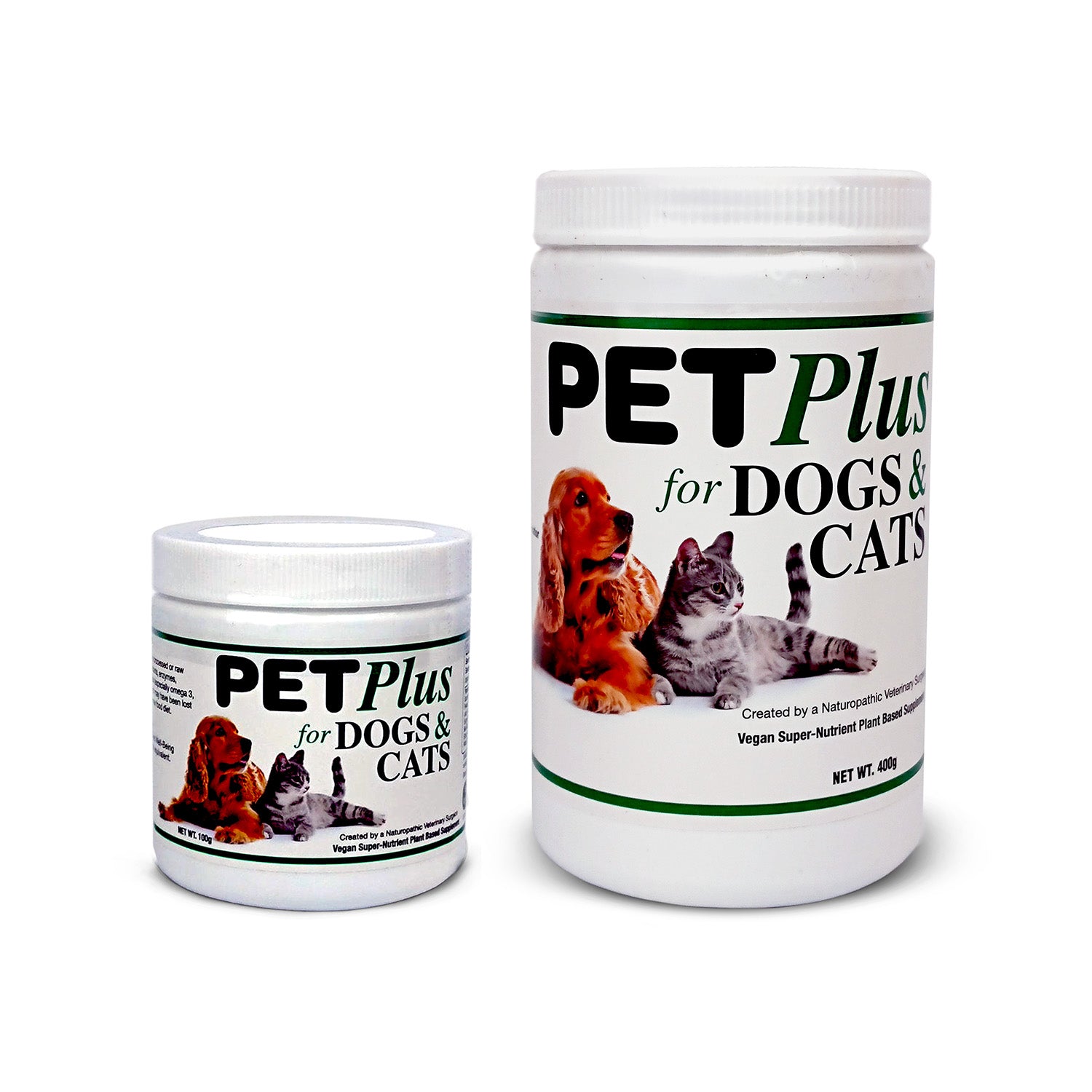Laminitis is one of the most painful and dangerous conditions that can affect horses, targeting the sensitive laminae inside the hoof. These tissues act as crucial anchors, holding the hoof wall to the coffin bone. When they become inflamed, horses experience intense pain, reluctance to move, and difficulty standing. If not managed early, laminitis can lead to permanent damage to the hoof, chronic lameness, or, in severe cases, the heartbreaking decision to euthanise. The key to avoiding these devastating outcomes is prevention, and surprisingly, something as simple as non-activated charcoal might make a difference.
What is Non-Activated Charcoal?
Non-activated charcoal is a form of carbon made by heating organic materials like wood. While it doesn't have the same ultra-porous structure as activated charcoal, it still retains some ability to bind to various compounds in the gut. By working to absorb toxins, excess sugars, and harmful by-products of digestion, this natural substance can help support a healthier digestive system for your horse.
How Does Non-Activated Charcoal Help Reduce the Risk of Laminitis?
Laminitis can be triggered by several factors, including poor diet, metabolic disorders, and gut disturbances that lead to inflammation. Non-activated charcoal can be a subtle but valuable tool in reducing these risks. Here's how:
-
Binding Harmful Toxins: A major trigger for laminitis is the release of toxins into the bloodstream, often stemming from gut imbalances. When a horse eats rich grass or high-starch feeds, harmful bacteria in the hindgut can produce toxins that leak through the gut wall and into the bloodstream, triggering inflammation. Non-activated charcoal can bind to these toxins in the digestive tract, helping to prevent them from entering the bloodstream and contributing to laminitis.
-
Promoting a Balanced Gut Microbiome: Laminitis is often linked to gut imbalances, particularly an overgrowth of harmful bacteria in the hindgut. When these bacteria thrive on excess sugars and starches, they produce lactic acid, which can cause gut acidosis. This condition not only disrupts digestion but can also lead to the breakdown of the gut lining, allowing harmful substances to leak into the body. Daily use of non-activated charcoal can help maintain a more balanced gut microbiome by binding excess fermentable sugars and toxins, supporting healthier digestion and reducing the risk of gut-related triggers for laminitis.
-
Preventing Excessive Fermentation of Sugars and Starches: Horses are particularly vulnerable to laminitis when they consume too many non-structural carbohydrates (NSCs) like sugars and starches, which can overwhelm the digestive system. When these substances reach the hindgut in large amounts, they ferment rapidly, producing gas and lactic acid, which can initiate the inflammatory process leading to laminitis. Non-activated charcoal can absorb some of these excess sugars and starches before they ferment in the hindgut, lowering the risk of acidosis and laminitis.
-
Reducing Inflammation and Endotoxemia: Another common pathway to laminitis is endotoxemia—when endotoxins from gut bacteria leak into the bloodstream and trigger widespread inflammation. Though non-activated charcoal isn't as powerful as its activated counterpart, it can still help trap some of these endotoxins in the gut, reducing their presence in the blood and helping to prevent the inflammatory cascade that can lead to laminitis.
A Simple, Safe Supplement with Long-Term Benefits
One of the greatest advantages of non-activated charcoal is its safety. Unlike some supplements that require careful monitoring, non-activated charcoal can be given in small doses daily without risking nutrient depletion or significant side effects. It acts as a gentle detoxifying agent, helping to maintain a balanced digestive system. For horses prone to laminitis, especially those with metabolic conditions like Equine Metabolic Syndrome (EMS) or insulin resistance, this small dietary addition could make a big difference in reducing the risk of flare-ups.
Practical Use in a Horse’s Diet
To incorporate non-activated charcoal into your horse’s diet, it can be mixed directly into their feed. The key is to start with a small dose, especially since horses have sensitive digestive systems. Too much charcoal could interfere with nutrient absorption or lead to constipation, so careful management is essential. Consult with your vet to ensure you’re using the right amount for your horse’s size and condition.
Prevention is Key
While non-activated charcoal offers promising benefits, it’s not a magic bullet. The foundation of laminitis prevention is always a well-balanced diet, regular exercise, and careful management of a horse’s metabolic health. Charcoal should be viewed as a complementary tool, enhancing gut health and detoxification while supporting the overall prevention strategy.
Why Wait to Protect Your Horse?
Laminitis is a condition no horse owner wants to face. Its painful symptoms and potentially life-threatening consequences make it one of the most feared ailments. By incorporating non-activated charcoal into your horse’s diet, you’re taking a proactive step in supporting their digestive health and reducing the risk of this debilitating condition. For horses that are prone to laminitis or face increased risks due to dietary imbalances, this simple supplement could be a valuable addition to their daily routine.
Prevention is always better than cure, and when it comes to laminitis, the stakes are too high not to consider every possible advantage.
Content Disclaimer
The information contained above is provided for information purposes only. The contents of this blog are not intended to amount to advice and you should not rely on any of the contents of this post. Professional advice should be obtained before taking or refraining from taking any action as a result of the contents of this post. Not the Norm Ltd disclaims all liability and responsibility arising from any reliance placed on any of the contents of this post.


